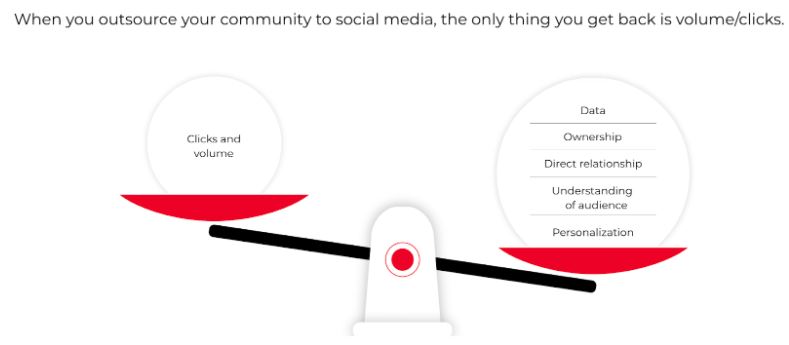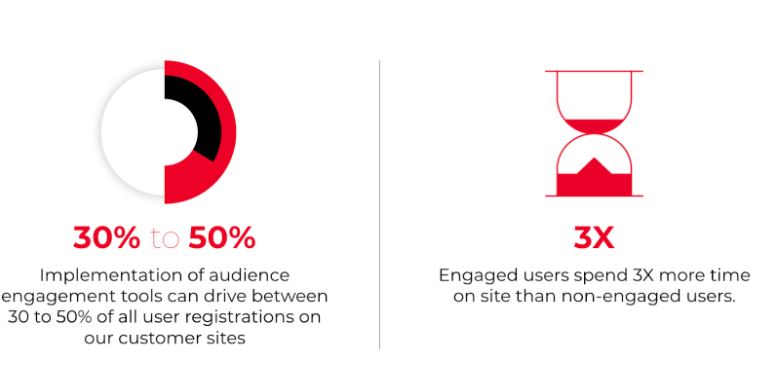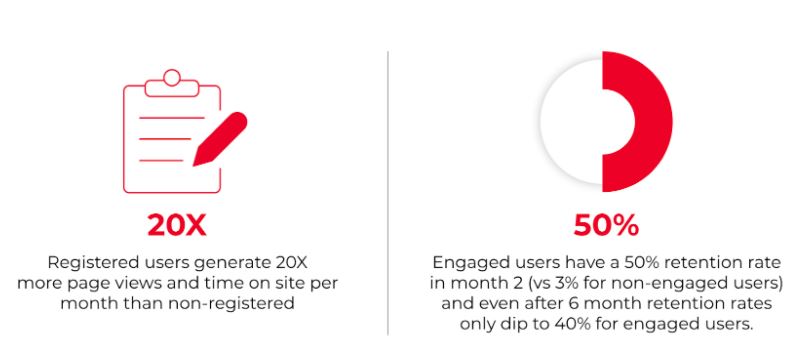Over the past few months, media organizations have had to endure one challenge after another. Some companies are now struggling to compensate for declining print and ad revenues sparked by these challenges. Meanwhile, others have exceeded their revenue targets and continue to position themselves for growth by adapting to the evolving markets.
After surveying 25 industry executives, an advisory firm exposed how media professionals are persevering by embracing change and innovation.
“All [survey respondents] are innovating with new business lines and new served markets,” says Tony Silber, president of a content and marketing company. “From digital products to virtual events, from research and data to lead generation and subscription boxes, there’s a lot going on.”
Many players across the media landscape are succeeding. So why not learn from what others have already done right and apply those best practices to your business?
We’ve laid out some profitable strategies below that have helped organizations all over the world grow and succeed.
Spain — El Pais and Building Audience Relationships
For many industry professionals, the paywall is an art form that must be tested, tweaked and mastered over time. However, El Pais, a Spanish news media company, quickly earned over 90,000 digital subscribers not even a year after launching its paywall.
The organization was able to spark rapid subscriber growth by strengthening its relationship with each website visitor before sending out paywall messages.
By leveraging a metered paywall, El Pais gave users access to 10 articles each month so they could sample content and understand why it would be worth paying for.
Forming a relationship with digital visitors before asking them to pay helped El Pais prove the value of its subscription program to visitors.
The U.K. — Future PLC and First-Party Data
In 2020 alone, Future boosted its revenue by 65% compared to the previous year. One of the reasons the company has flourished to such an extent is because it has tailored its business strategies based on its audience’s behaviors and interests using first-party data.
According to the chief executive of Future, Zillah Byng-Thorne, “Future has continued to thrive by knowing what our audiences value most, enabling us to take advantage of the changing market landscape to continue to deliver incredible content to our communities in whatever way meets their needs.”
By personalizing user experiences around its brand and its advertisers, Future is at an advantage against competitors and is well-prepared for the loss of third-party cookies.
Bangladesh — The Daily Star and Audience Engagement
When COVID-19 initially forced people into isolation back in 2020, The Daily Star, a Bangladesh media company, launched a campaign that earned itself a medal for engaging its audience. The digital campaign aimed to thoroughly engage people and connect isolated individuals through a microsite, where they could share stories and interact together.
While this campaign was temporary, media companies that have integrated audience engagement into their sites have seen tremendous growth across user registrations and retention.
Viafoura data scientists have even found that engagement tools drive 30% to 50% of user registrations. They’ve also discovered how engaged users spend three times longer on-site than unengaged users.
In a world where in-person human interaction is limited, digital social tools help companies build meaningful connections to visitors and positive experiences worth sticking around for.
The U.S. — The New York Times and Diversifying Revenue Streams
The New York Times made headlines earlier this year after it announced that its digital revenue has finally surpassed its print revenue. The media company has thrived amid the pandemic by investing in several different revenue streams, producing over 7.5 million paying subscribers.
“Consumer revenue streams, including digital subscriptions and ticketed live events, are increasingly important to news organizations as reliance on traditional advertising revenues continues to decrease,” states Angelica Irizarry, who directs live events at The Philadelphia Inquirer.
For The New York Times, it was necessary to go beyond advertising to become self-sustaining. That meant pivoting to prioritize subscription-based revenue, powered by a variety of revenue-generating products, including its digital news content, online events as well as cooking and game apps.
New Zealand — Stuff and Audience Ownership
Stuff, a New Zealand-based news company, completely abandoned Facebook in 2020. You may be questioning why Stuff would leave Facebook when it could interact with followers and reach new audiences on the platform. But there was a method to Stuff’s madness.
From the ban on news in Australia and data leaks to hoards of trolls, misinformation and bots, social media doesn’t have the greatest track record with publishers or the public. Stuff’s mission became to build direct relationships with its audience, away from the negative and unpredictable influences on Facebook.
Not only did the New Zealand company maintain its traffic after abandoning Facebook, but it’s also established a reputation for itself as a resource for trusted content.
The Reuters Institute for the Study of Journalism highlights how Stuff has “benefited from huge public support, growth in trust, and happier newsroom staff who are no longer being trolled.”
Organizations around the world all have to deal with different policies, economies and events. However, surviving as a self-sustaining business and continuing to grow are universal goals that media companies have in common.
Understanding what other organizations have done successfully to achieve these goals can help to refine and perfect your own business’ growth strategies.












